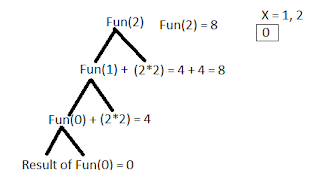Python String method len( ) is used to get the length of the given string.
name = "Welcome to techies sphere"
print(len(name))
Output: 25
Python String method count( ) is used to get the number of occurrences of a substring in the given string.
string = "Welcome to techies sphere."
subString = "to"
print(string.count(subString))
Output: 1
Syntax of count( ) method:
string.count( subString, start, end )
Parameters:
subString - string whose count is to be found.
start (Optional) - starting index within the string where count starts.
end (Optional) - ending index within the string where count ends.
string = "Welcome to techies sphere, to learn and grow."
subString = "to"
print(string.count(subString, 5, 30))
Output: 1








